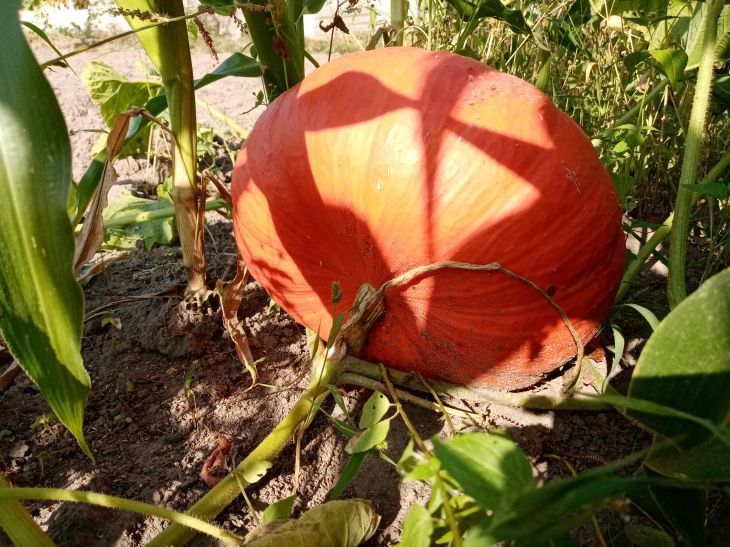Garden owners often wonder whether it is possible to plant pumpkins and squashes in the same bed.
Growing these crops together raises many concerns due to their similarities and possible influence on each other.
Learning about the peculiarities of such a neighborhood and avoiding possible mistakes is an important task for every gardener striving for a successful harvest.
Biological characteristics of pumpkin and squash
Pumpkins and squashes are members of the Cucurbitaceae family and have similar growing conditions. Both plants require sunlight, fertile soil, and plenty of water.
However, it is important to consider that they have different sizes of fruits and root systems, which can affect their joint development.

Pumpkin has a powerful root system, which can inhibit the growth of zucchini if there is a lack of nutrients.
The influence of cross-pollination
Cross-pollination is another important aspect when growing pumpkins and squash in the same bed.
Both plants can pollinate from each other, which leads to changes in the quality and taste of the fruit.
In the case of pumpkin, this may be less noticeable, but zucchini can develop undesirable properties, becoming bitter or losing its marketable appearance.
Keeping plants well spaced helps minimize these risks.
Competition for resources
Growing pumpkins and squash together in the same bed leads to competition for resources.
Nutrients, moisture and light become objects of struggle, which can negatively affect the yield.
Experienced gardeners recommend regularly fertilizing the soil and ensuring uniform watering so that the plants do not experience a shortage of resources.
It is also important to properly prepare the bed, providing it with a good drainage system and sufficient organic fertilizers.
Disease and pest prevention
Growing pumpkins and squash together increases the risk of spreading common diseases and pests.
Powdery mildew, aphids and spider mites often affect both crops, requiring special attention to prevention and treatment.
Regular inspection of plants, use of biological preparations and timely removal of affected parts will help protect the harvest.
Crop rotation and adherence to agricultural practices also play an important role in maintaining plant health.
Spatial distribution and care
Correct spatial distribution of plants in the garden bed allows you to avoid many problems.
It is recommended to plant pumpkins along the edges of the garden bed, where their powerful vines will not interfere with the zucchini.
Zucchini, in turn, can be placed closer to the center, providing them with enough light and air.
Regular care of plants, including weeding, loosening the soil and removing weeds, promotes their healthy growth and development.
Recommendations from experienced gardeners
Experienced gardeners often share their observations and tips on how to successfully grow pumpkins and squash together.
Many of them recommend using mulch to retain moisture and prevent weed growth.
It is also worth paying attention to plant varieties, choosing those that are less prone to cross-pollination and are resistant to diseases.
Earlier we told you about inexpensive products that will protect tomatoes from late blight.








